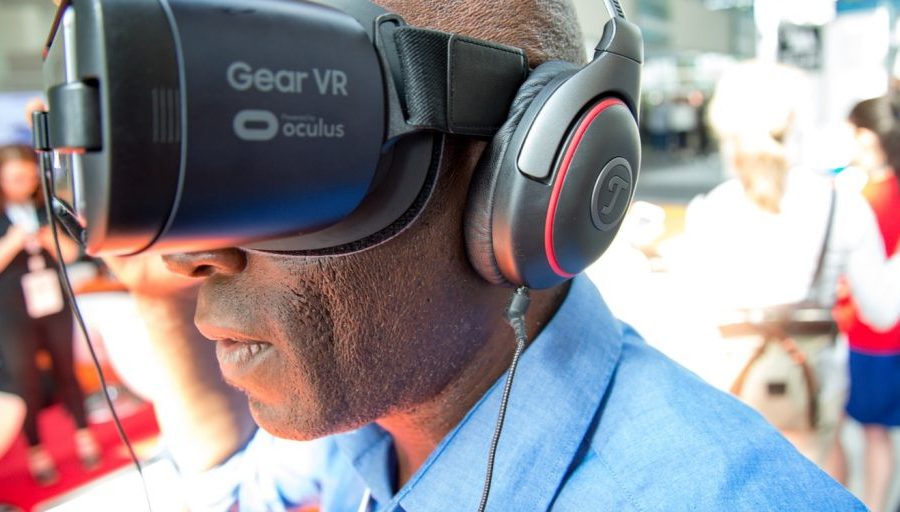How virtual-reality simulators are changing law-enforcement training
There’s a pressing need for improvements in effective police training. Officers need to hone their skills for managing crisis situations and de-escalating dangerous encounters. Repeatable and accurate training is required to build their resiliency to stress and encourage them to make the right decision based on proven methodologies.
But training doesn’t equal improvement – effective training equals improvement. By using virtual reality (VR) that places officers in consequential situations, departments are seeing significant improvements in de-escalation, decision making and better handling situations to keep both the public and the officers safe from harm. It’s an exciting time when agencies throughout the country are starting to embrace the right technology approach for an industry and culture that’s historically been resistant to change.
The VR opportunity
Police instructors now understand there are severe limitations to the value of lecture-based training when split-second decisions are involved. Making these fast judgements is a massive demand on the trainee’s physical and mental abilities. “Realistic practice makes progress” like so many things, including police skills. They can develop skills to produce positive outcomes, if given the chance. Lectures have their place in teaching policy and aiding community interactions, but intense real-world situations require uncompromisingly realistic (think ‘effective’) simulations to produce empathic and compassionate responses.
Modern virtual reality programs with certified training content are ideally suited for police training for multiple reasons. The industry leader’s technology itself is robust, with actual actors, and with the ability to customize scenarios on the fly, an encounter with a threat can branch off into many directions, emulating a real-life situation.
To read the complete article, visit American City & County.

















